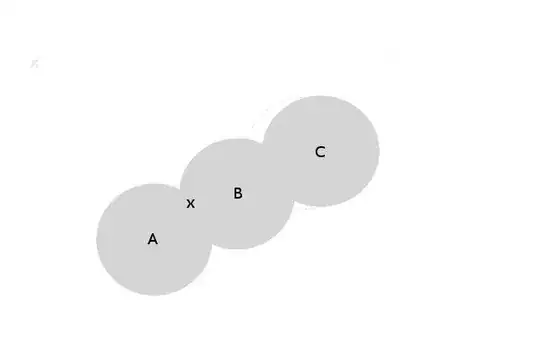In this PSE post the issue is about the stability of an infinite universe under Newtonian gravity.
Here I'will drop the Newtonian constraint because we know of the finite speed of interactions and I ask:
How can someone explain the existence of a gravitational collapse?
In the drawing the universe is isodense and infinite and it will extend outside of the limits of the screen ;)
The grayed spherical regions represent the observed universe in relation to the points A,B,C (that can be considered as centers of the universe) and the three points are causally disconected because it is impossible that the interactions had time to propagate from A to B , ... to the entire universe.
You can imagine a similar region around the point X that can see both A and B.
Because nowhere exists a gravitational gradient, whatever the density, there is no chance of motion whatever the selected point. IMO.
How can someone explain the existence of a gravitational collapse?
